Making Money From Hiding the Truth with Liam Gillick
|CLAIRE KORON ELAT
The truly fundamental issue of our time is that everyone is asking the wrong question.

With all kinds of discourses about sustainability and recommendations to only buy organic produce, to only shop vegan leather, and to only purchase an electric car, these are still questions about what to consume next. But artist Liam Gillick, whose solo exhibition “Fact Structures Amount Structures Language Structures” is currently on view at Esther Schipper in Berlin, suggests that the real question is “about finding new ways to produce, not new ways to consume.” Embedded in an inevitable cultural state of hyper-complexity, this isn’t only a matter of (the distribution of) information and knowledge, belief systems, and other non-physical, intangible things, but also of material production.


Gillick’s work deals with different representations of production—alternate and fluctuating forms of manufacturing, construction, and communication during a time where most things feel uncertain. He addresses the problematic gap between what is desired, what is produced, and how that is being described as well as how there can be symbols to represent these discrepancies and complexities. In conversation with Claire Koron Elat, Gillick discusses how we’re nowhere near the post-industrial, why he would love working with a brand on a global strategy for logistics, and art being the most fetishistic place you can be.

CLAIRE KORON ELAT: The work in your exhibition references the visual system developed by Otto Neurath and Gerd Arntz. With their newly invented visual language, the “Isotype System,” they intended to make complex statistical information more accessible. Can you talk a bit about why their system is interesting to you, and how you translated that into the works on view?
LIAM GILLICK: It is really fascinating because in the time it was done, in the 1930s, it was easier to represent things. You could say, “Okay, we’re talking about the production of steel.” So, you make a form that looks like a piece of steel. Then you want to talk about how many workers there are. So, you create a little image of a man with shovel. That was really easy. What I found interesting is that, when we talk about advanced production today—whether it’s technical or medical or connected to new systems of knowledge—it’s not easy to find the right symbol to represent it. Almost everything should just have an image of a computer or something because everything is somewhat elusive. I started to play with the idea of what could be the new symbols that could represent something today. We need new forms. What you see in the exhibition, on the book covers that are on the prints, are these weird screens, thought bubbles, and squiggles. These weird shapes are my game of trying to imagine what these new isotypes that represent things that are hard to represent could be. I’m trying to be as complex as the reality of contemporary life.
I also admire them [Neurath and Arntz] historically because I think they were also operating at a time, a little bit like our time, when there was a lot of doubt about the future. They had a strong desire to think of new systems of understanding that would be democratic.
CKE: So, basically, on a more general level, what their system did was de-complexifying complexity. And as you said, today culture is in a state of hyper-complexity. How would you adapt this system to brands—who also use logos as forms of abstracting their brand identity—or corporations? Identities today are so complex, how can there be a single form or shape representing that?
LG: Exactly. In the work, in the exhibition, each abstract form comes with its own unique book cover. I am trying to express the difficulty of being able to synthesize only one thing, a kind of universal symbol. I don't really believe in this idea of universality. It was never universal, it was always in the privilege of one dominant class or one dominant, usually European, idea of what is universal. So, the work itself is radically diverse.
I'm trying to keep it difficult and complicated because we live in a time where there are a lot of threats, both culturally and politically, that are trying to crush difference over time. This fear of difficulty and of embracing difference is not a problem for young people, I think. They don’t have any issue with it. These shapes don’t seem to represent anything. But they do. They represent the thing that cannot be represented.

CKE: Within this cultural mode of hyper-complexity, there is the contemporaneous argument that everything is also marked by flatness. Although we have all this accessible information online, it’s lacking hierarchy and centrality because it's just spread everywhere.
LG: That’s partly because the tech bros, who did a lot of that initial work on developing and monetizing the internet and various other things, have an ideology. They have a belief system. And often this radical libertarianism is an offshoot of white supremacy.
Some of my work is influenced by Yuk Hui, who has written books about what he calls “technodiversity.” The idea is that you shouldn’t look at technology as something horizontal as you described, which is flattened out, like democracy, with access and whatnot. You have to question the dominance of the classical European model of mathematics and philosophy.
If you look at the titles of some of my work, a lot of them have this almost poetic feeling of being related to the way people try to hide the truth of an idea through certain languages. You saw it a lot, for example, when people were trying to deal with NFTs. The way they described how this works was almost like bullshit poetry at a grand level. It was like a Baroque way of describing something. It’s interesting in relation to fashion or culture in general. There’s money to be made from hiding the truth.
The smartest young people today who deal with things like forms of branding and communication, you see they’re really moving all the time. They like to change shape, changing how they appear, where they appear to stand. They take over another kind of mental space, and ideas preferably, so they can move quickly before it can be pinned down. I can’t do those things because I’m too old, but there are things I can learn from that and look at from a philosophical perspective.
To come back to your question, I think what’s bullshit about technology and advanced production is that it is exclusive. It’s excluding people and is deliberately designed to privilege a certain group, which tends to be a certain class of people in a certain historical group.


CKE: Thinking about exclusion in the context of art exhibitions, there is always this sense of only a certain group of people having access to it—whether on an institutional or private scale.
LG: Well, I’ve done something that looks almost like an old fashioned, abstract art exhibition, right? I’m consciously playing with the idea of that kind of authority. You walk into a room, there are simple forms that cannot be easily described. And they're all made from material that’s normally used to produce something. In itself, it’s not valued as a thing. I’m extracting something from the production lines of advanced technology and elevating it to paint it, to control it, to corral it like you would with a horse or some sheep, creating temporary limits around it and removing it from its functionality and utility. When you walk in, there are no walls built in the space, no extra things, no videos to tell you a story. There are no characters. In fact, there are no people. It’s like a nightmare space of purity. Everything points towards the book. The book is where the mess will be, the characters, the desire.
I think people really misunderstand a lot of what’s going on in the world because they think it’s about consumption. It’s not. It’s about finding new ways to produce, not new ways to consume. A lot of art in the last 50 years has been a critique of consumption, especially in America. Pop art, for instance, is a critique of consumption. Even with artists like Jeff Koons, it's a critique of shiny things being consumed.

CKE: Neurath developed the system after seeing modes of communication in cinema and advertising. The sphere of advertising and corporate identity are also things you’ve explored in your work, for example, your communication banners that are in front of the Lufthansa Aviation Center. And now that brands have themselves become cultural entities, as a branding strategy, there is a division between “real” culture and branded culture. Do you think there’s a danger when brands are too involved in culture?
LG: I think you can always tell. It’s truly hard to actually fake it. You can see people trying all the time, and it’s rarely convincing. It was very interesting when creative agencies, specifically for cinema, tried to get involved with art and thought that they could represent artists as talent. You really felt that they didn't understand how art functions, which is that art also keeps moving, but it tends to do it in a more negative way. So, the best art is often negative. It kind of contradicts something or it goes against something; it takes a cliche and turns it around or it elevates something, or crushes something. Whereas branding tends to always have an outcome that can be measured. Of course, you can do that with art. You can use price and reputation or something. But when you see a brand collaboration, one thing always struggles more than the other, or it’s never truly equal, it either overachieves or underachieves.
The artist is always something else. It’s a philosophically different role in society. You know, I wouldn’t mind working on a global strategy for logistics, but people would want an artist to do something more about aesthetics than communication. That’s the wrong thing. Ask me about how to distribute something, and I could do that.
CKE: Do you think that when you produce recognizable work as an artist this is also a form of a brand or corporate identity?
LG: Well, you could give the Marxist answer, which would be about the alienation of labor. I can’t be alienated from my labor, but if I were to go any further than the outside of Lufthansa with an artwork, if I go inside the system and become part of that, then, of course, I can be alienated from what I’m doing. If you think of an artist like a cinéaste, then you can read it better than as a brand. Because, when you do think of an artist who could somehow be a brand, maybe Jeff Koons or Anselm Kiefer, as soon as you say that, you reduce them weirdly enough. It reduces understanding. If you talk about a phone, for example, and you talk about it in relation to a brand, it expands the understanding. You start to understand why we want this thing that breaks easily and that is very expensive. On the other hand, when you talk about an artist as a brand, it reduces understanding and stops you from really having to think about them.

CKE: Earlier you mentioned that you feel like everyone is asking the wrong question. It’s not about how we consume, but how we produce. What forms of production are you predicting for the future?
LG: It seems so stupid to say it because it’s so obvious. Especially in the West, people talk about postindustrial, post-this, post-that. But every day, all over the world, people get up at 5am and go somewhere to make things for other people. It’s just you don’t see them, unless you’re in certain parts of China, Vietnam, or Bangladesh. We’re not actually in a postindustrial period at all. In fact, we’re in a hyper-industrial period. It’s just that Europeans became separated from most of it. So, the first thing you need to realize is that we're not post anything; we’re in the middle of something.
So, the question of what comes next all depends on how artists can find strategies to protect themselves and whether or not the traditional model of galleries is really the one we need today. Traditionally, artists were protected by being separated, isolated, promoted, made special. And the key element there is separated, because the most difficult thing to do as an artist is to retain a collectivity, to retain a relationship to a group. The entire system of art tries to separate you and make you special. So, new forms of production will depend on new ways of working together.
CKE: Your work also refers to the gap between what is desired, what is produced, and how it’s described. Can you explain this?
LG: It’s about a state of never really being an artist. It’s about constantly becoming one. And it’s about abstract art showing the failure of abstraction, it shows that it cannot be done. My exhibition just shows that you cannot make abstract art. But you could do this, which kind of points towards something. It’s a kind of stupidity. But what you see there is desire, you see this desire to take this material that produces a cold, hard microchip, that is listening to you in your car or monitoring our conversation, and taking that material, extracting it, and trying to create a sense of incompleteness and vulnerability and desire around materiality that is not necessarily logical. I’m trying to come up with a new logic system because I’m not entirely satisfied with what I’ve been given. Art starts with disappointment. It doesn’t start with good ideas. It's useless in some ways. What we call contemporary art, doesn’t need to exist at all. We could just get rid of it. It involves all these rituals and peculiarities, like we’re in here and behind us, there are two handsome men with gloves moving art around. It's just the most fetishistic, perverse place to be. And I kind of like it. [Laughs]
Credits
- Text: CLAIRE KORON ELAT
Related Content
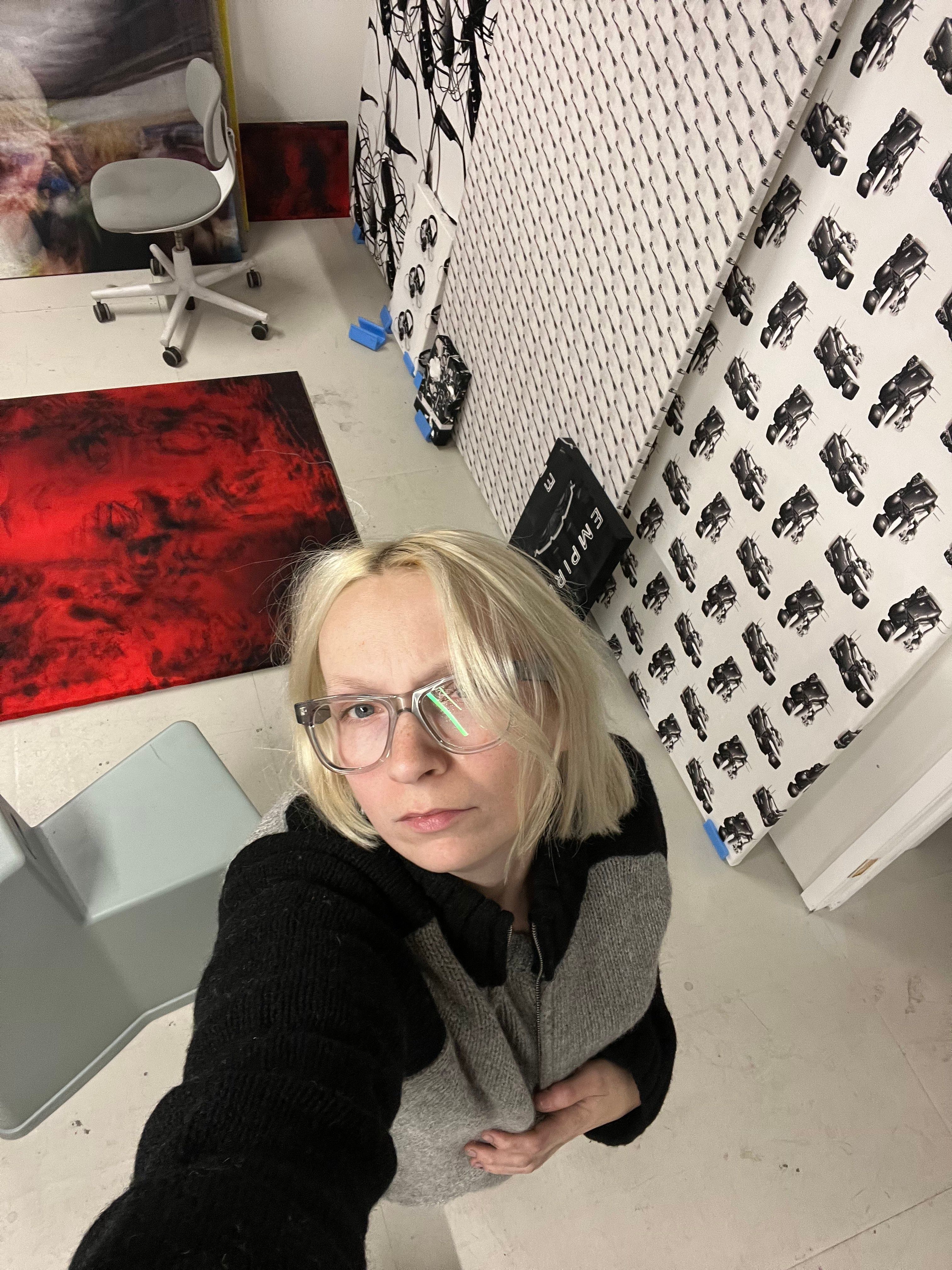
The New American Dream Is Sponsored by Meta: ANA VIKTORIA DZINIC

Art Critic JERRY SALTZ and 12 Supermodels Discuss the Selfie
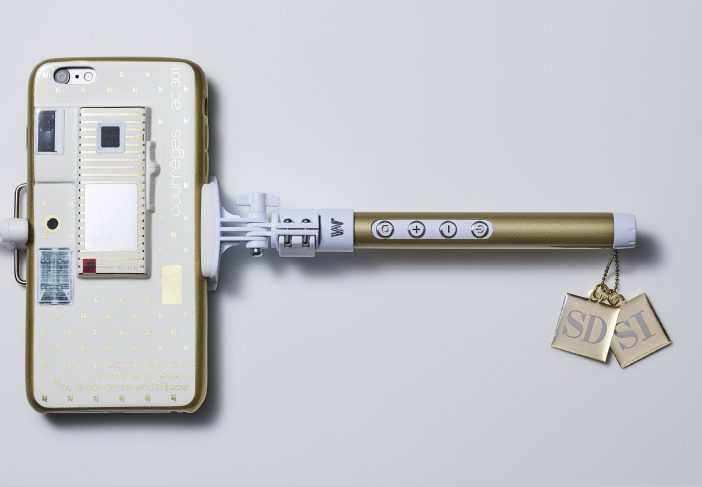
Why SIMON DENNY Bootlegged the World’s Oldest Selfie-Stick
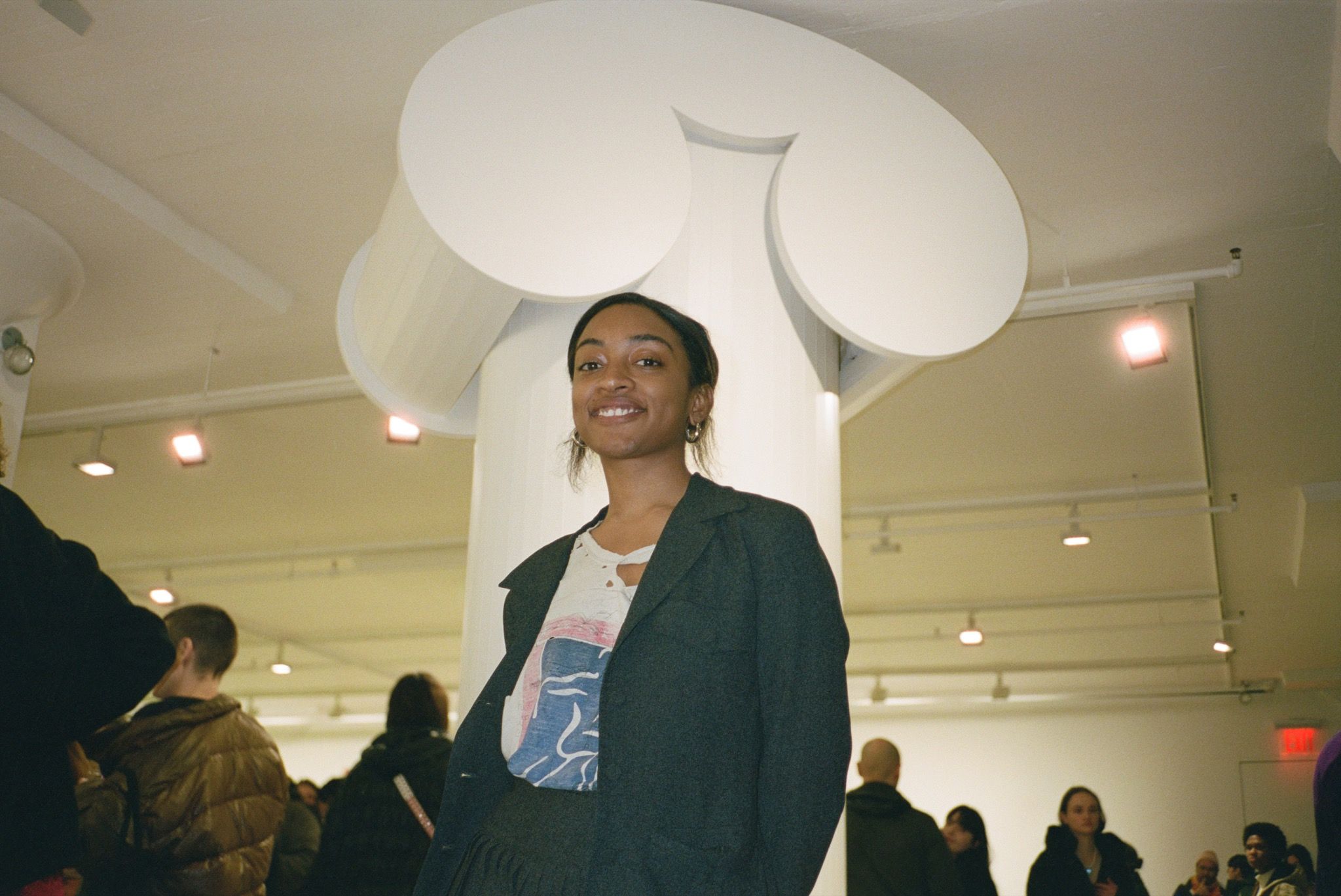
ARIA DEAN Life World
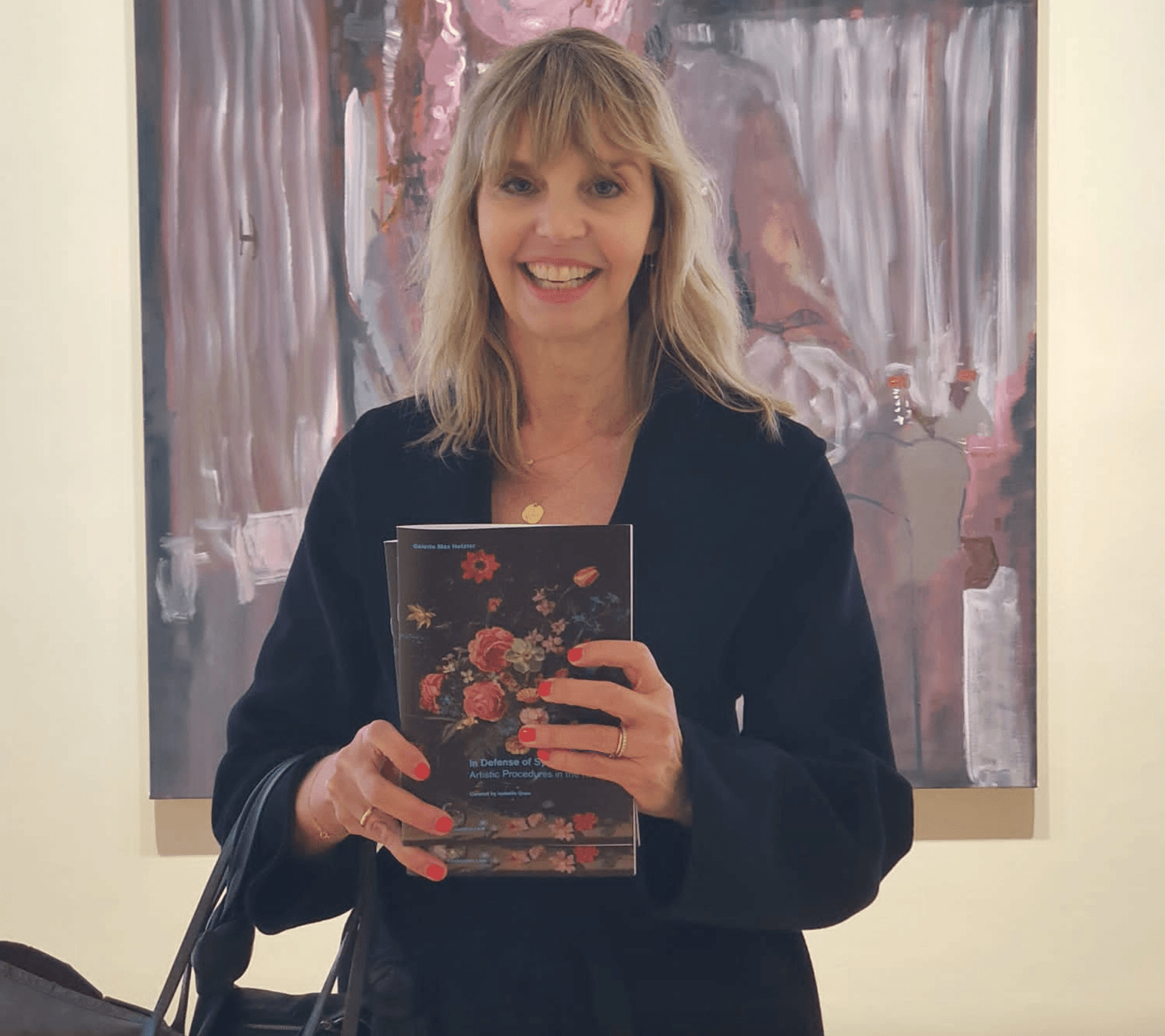
Image Stacks With ISABELLE GRAW
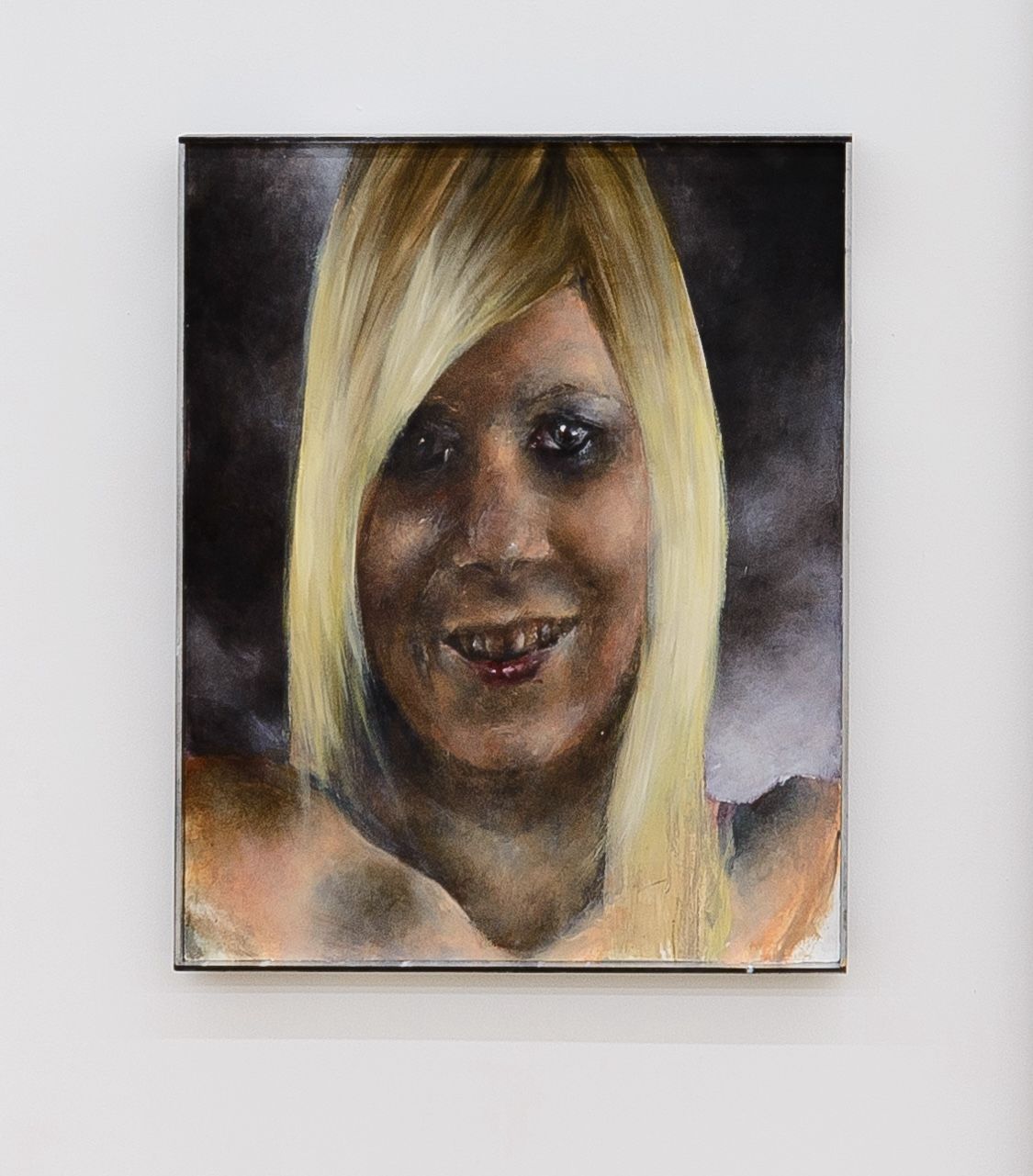
Image Spamming with Paul Hameline

Life Exists: Theaster Gates’ Black Image Corporation
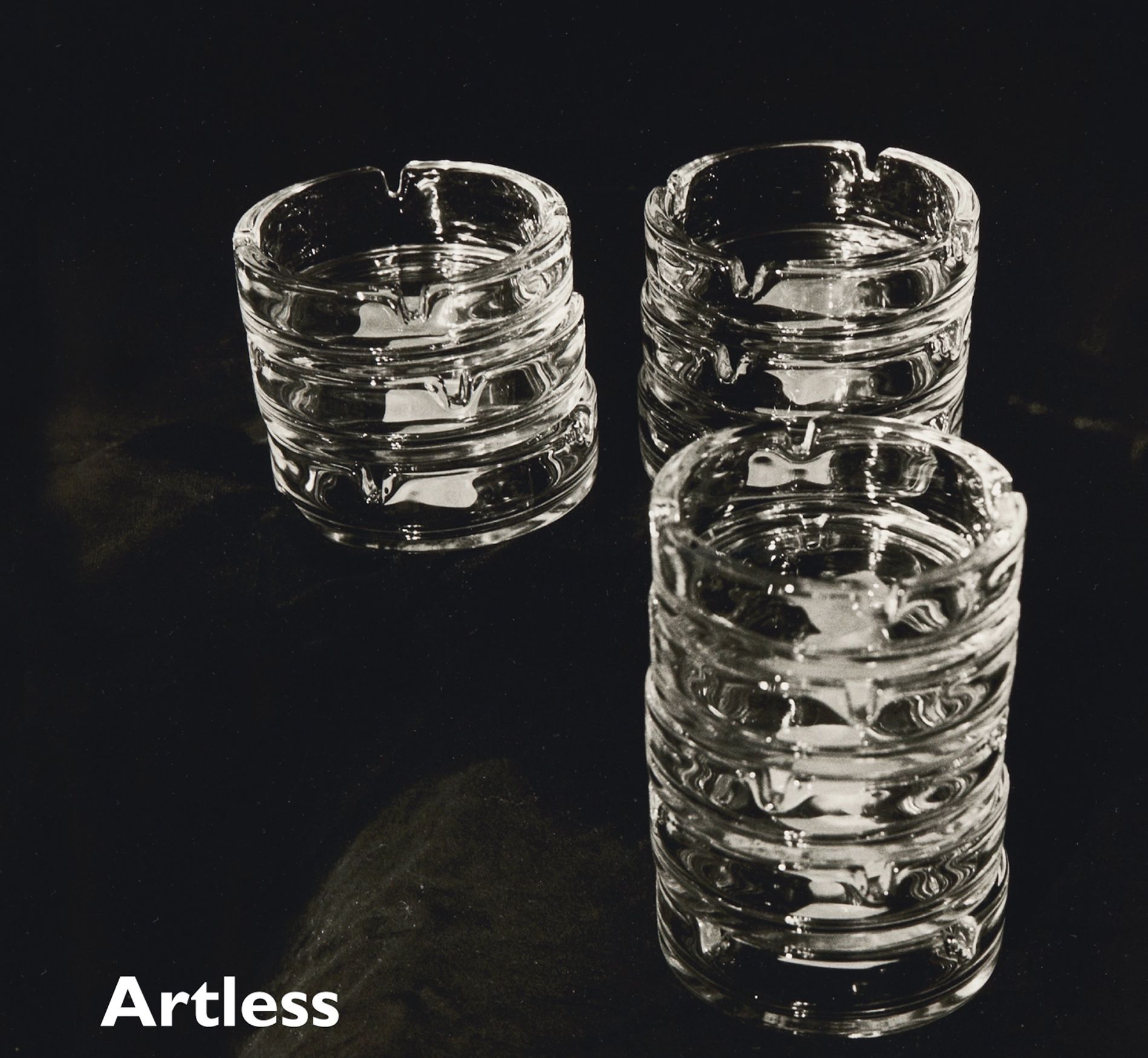
Are We Artless? NATASHA STAGG